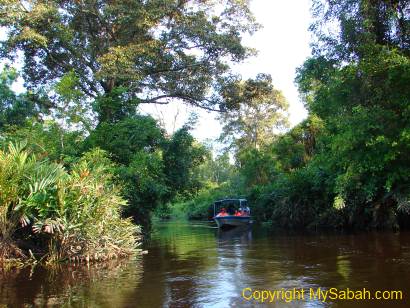ALKANE
Alkanes or paraffin are saturated hydrocarbons. Most of the hydrocarbons in petroleum belong to a family of compounds called the alkanes, in which carbon atoms are linked by single bonds.
Saturated hydrocarbons can be:
- linear (general formula CnH2n + 2) wherein the carbon atoms are joined in a snake-like structure
- branched (general formula CnH2n + 2, n > 3) wherein the carbon backbone splits off in one or more directions
- cyclic (general formula CnH2n, n > 2) wherein the carbon backbone is linked so as to form a loop.
Physical Properties
Boiling Points
The more carbon atoms, the higher the boiling point of an alkane.
The low-molecular mass alkanes, from
1 to 4 carbons, are frequently used as cooking fuels; molecules of intermediate
length (6-12 carbons) are found in gasoline and diesel fuels; longer carbon
chains are found in motor oils, lubricants, emollients, greases, waxes,
paraffin, and other applications. Many of these compounds are isolated
from petroleum, and may serve as the starting points for the synthesis of more
complex molecules. Alkane is lighter than water.
Insoluble in water, soluble in organic solvent.
Normally decomposition of alkane for example method can cause problem in our daily activities.
1. The decompositon process consume hydrogen and produces landfill gas.This gas is mainly a combination of carbon dioxide and methane. Methane, also known as natural gas, is an energy source but it is also a greenhouse gas. It is flammable and explosive in certain concentrations so it must be controlled.
There is also the risk that landfill gas may accumulate in the basement of a structure, therefore creating a risk for explosion. Typically, the end use for a landfill is a green
space, for example a golf course, nature trails or a park.
2. Peat swamp forests are tropical moist forests where waterlogged soils prevent dead leaves and wood from fully decomposing, which over time creates a thick layer of acidic peat. The decomposed matter will eventually produce methane which lead to fire hazard. Since the developer usually drained some peat swamp forests for conversion to agricultural land. The dry years of 1997-8 and 2002-3 saw huge fires in the peat swamp forests.
2002-3 fires between 200 million to 1 billion tonnes, of carbon into the atmosphere




















0 comments:
Post a Comment